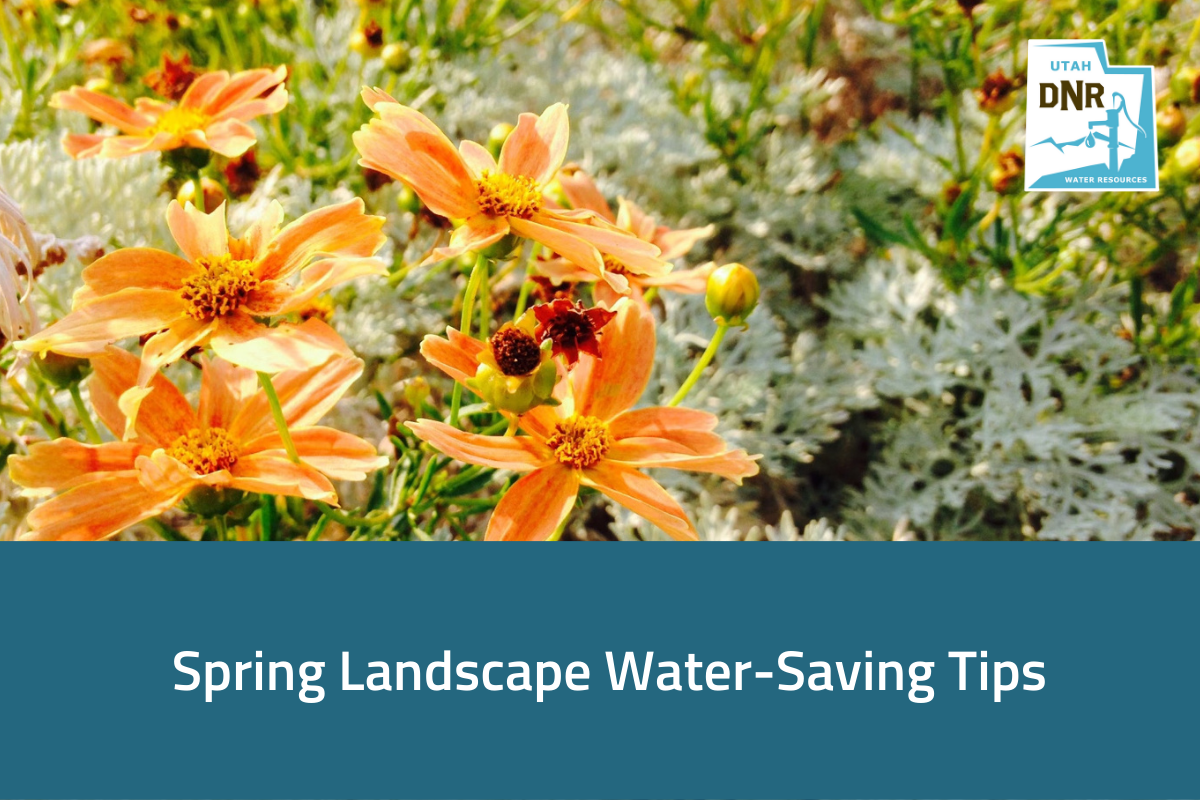SALT LAKE CITY (April 25, 2023) — For the second year in a row, the legislative session concluded with significant investments targeting water conservation, efficiency and infrastructure. Our record-breaking winter that delivered the deepest snowpack in state history has certainly helped with our drought conditions, but there’s still a ways to go. These bills will help Utah become more waterwise and drought resilient. Here are some highlights:
HB 150 Emergency Water Shortages Amendments:
- This bill allows the governor to declare a temporary water shortage emergency by executive order if man-made or natural causes (other than drought) threaten the availability or quality of an essential water supply or the operation of the economy.
HB 137 State Crustacean Designation:
- This bill designates the brine shrimp as the state crustacean! Thank you to students from Emerson Elementary in Salt Lake City.
HB 307 Utah Water Ways
- This bill ensures the protection and sustainable use of Utah’s water resources for future generations. It aims to balance the needs of different water users, including agricultural, industrial, and residential users, and to promote efficient water use and conservation.
HB 450 Landscaping Requirements
- This bill aims to reduce water usage, save homeowners money on landscaping costs and promote sustainable landscaping practices. It also limits the power of homeowners associations to dictate landscaping requirements and promote more environmentally friendly practices.
HB 491 Amendments Related to the Great Salt Lake
- This bill supports the appointment of a new Great Salt Lake Commissioner to prepare a strategic plan for the long-term health of the lake. This strategic plan will help identify the most significant threats to the lake’s health and develop solutions to address them.
SB 76 Water Amendments
- This bill expands the allowable uses of the Agriculture Resource Development Fund (ARDL) to include the improvement of water quantity and flows.
SB 92 Special License Plate Designation
- This bill creates a new license plate which will raise funding for the Great Salt Lake preservation and raise awareness about the importance of preserving Great Salt Lake. This license plate designation provides an easy and accessible way for individuals to show their support for this cause and it can serve as a conservation starter to educate others about the need for conservation efforts.
SB 118 Water Efficient Landscaping Incentives
- This bill requires a county or municipality to implement regional-based water use efficiency standards.
SB 144 Water Instream Flow Amendments
- This bill allows a person to file a fixed time or temporary change application for a project to deliver water to a reservoir within the Colorado River System in accordance with the Colorado River Drought Contingency Plan Act or a water conservation program authorized by the state or the Bureau of Reclamation.
SB 277 Water Conservation and Augmentation Amendments
- This bill creates the Agriculture Water Optimization Committee and allows the Water Infrastructure Restricted Account (WIRA) to be used for projects that benefit the Colorado River drainage in Utah, including projects for water reuse, desalinization, dams, or water conservation if the local government which benefits from the project requires certain water conservation criteria.
###
Media Contact
Jennifer Napier-Pearce
Office of the Governor
(801) 631-0707, jnp@utah.gov
- For more information on Utah’s latest water legislation, visit https://water.utah.gov/legislation.




